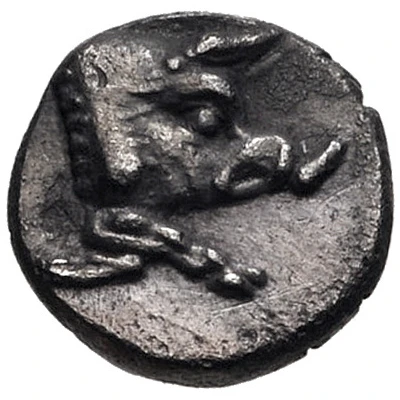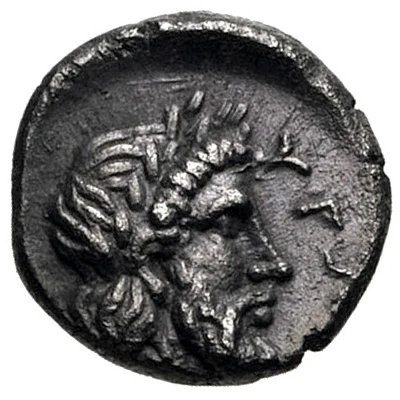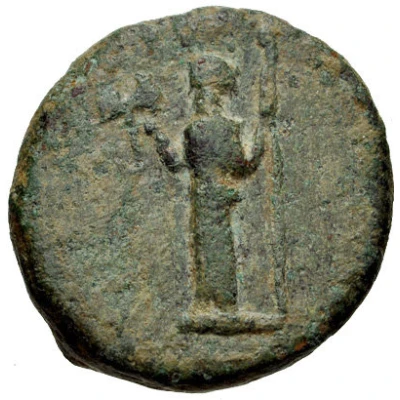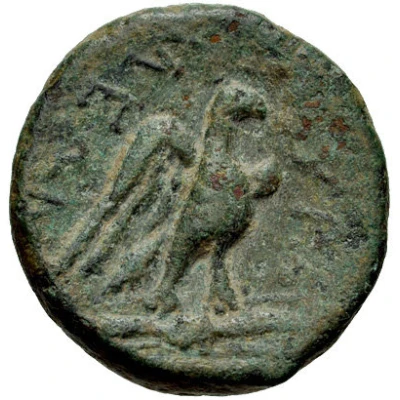
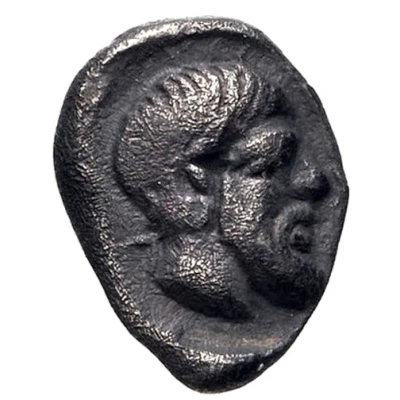

© Classical Numismatic Group, Inc.
Hemiobol 500 BC - 400 BC
| Silver | 0.48 g | 7.0 mm |
| Issuer | Euromus (Caria) |
|---|---|
| Type | Standard circulation coin |
| Years | 500 BC - 400 BC |
| Value | Hemiobol (1⁄12) |
| Currency | Drachm |
| Composition | Silver |
| Weight | 0.48 g |
| Diameter | 7.0 mm |
| Shape | Round (irregular) |
| Technique | Hammered |
| Demonetized | Yes |
| Updated | 2024-10-09 |
| Numista | N#147355 |
|---|---|
| Rarity index | 100% |
Reverse
Bearded head or Lepsynos facing right, small Λ behind and all within shallow incuse
Interesting fact
The Hemiobol coin from Euromus (Caria) was used as a form of currency in ancient Greece and has a unique design. On one side of the coin, there is an image of a confronted bull and a lion, while on the other side, there is an image of a lyre, which was a popular musical instrument in ancient Greece. This design symbolizes the importance of music and agriculture in ancient Greek culture.
